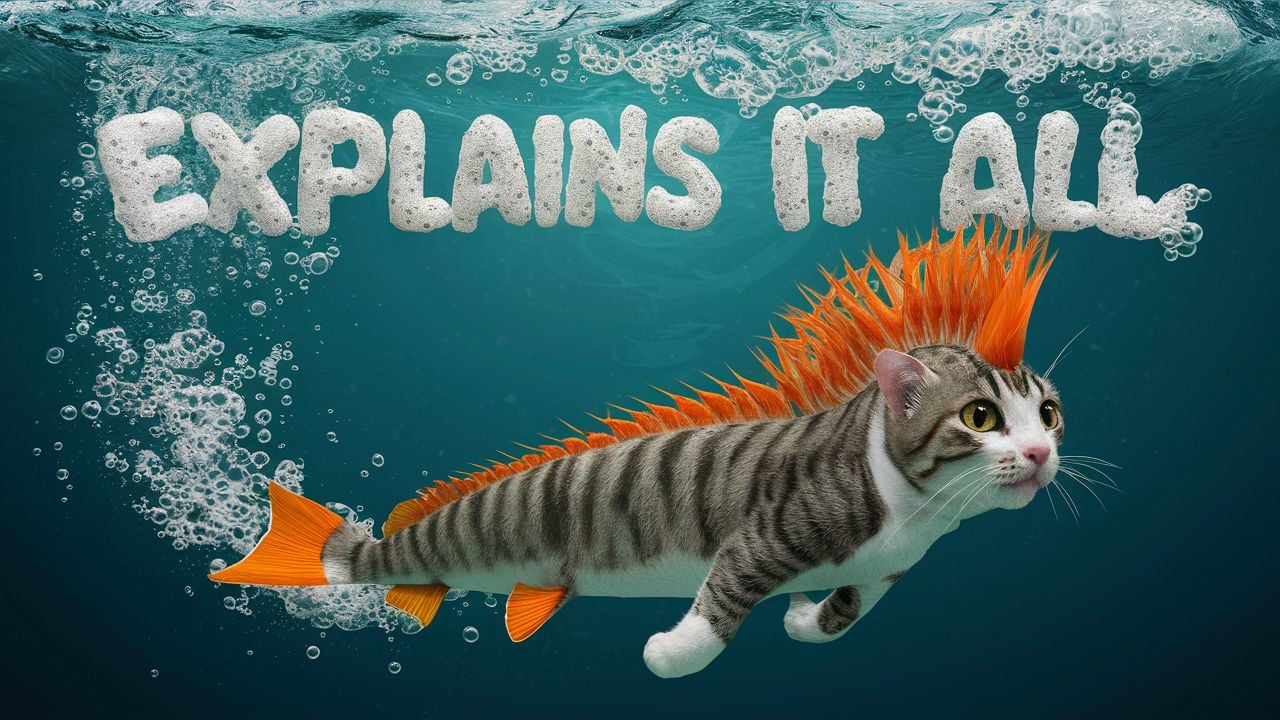The Dark Side of Modeling
Black Caricatures [Pre-J.Pre.6]
50 years ago, the images of black people in print media were reduced to servitude such as maids and waiters—generally belonging to the lowest occupational categories. Even in modern film, Black women have been stereotyped as inferior, subservient (to Whites) embodied by the caricatures of “The Mammy,” “The Jezebel,” and “The Sapphire.”
As you’re about to see these stereotypes, derived from colonialists, are very similar to the “squaw” and “Princess” labels given to Native American Indians upon European arrival to unfamiliar lands:
During slavery, the mammy caricature was posited as proof that black people -- in this case, black women -- were contented, even happy, at being enslaved. Her wide grin, hearty laugher, and loyal servitude were offered as evidence of the supposed humanity of the institution of slavery. The caricature portrayed an obese, coarse, maternal figure. She had great love for her white "family," but often treated her own family with disdain. Although she had children, sometimes many, she was completely desexualized. According to Patricia Turner (1994), Professor of African American and African Studies, house servants were usually mixed raced, skinny (black people were not given much food), and young (fewer than 10 percent of black women lived beyond fifty years). Why were the fictional mammies so different from their real-life counterparts? The answer lies squarely within the complex sexual relations between black and white people. one of the many brutal aspects of slavery was that slave owners sexually exploited their enslaved females, especially light-skinned ones who approximated the mainstream definition of female sexual attractiveness. The mammy caricature was deliberately constructed to suggest ugliness. Mammy was portrayed as dark-skinned, often pitch black, in a society that regarded black skin as ugly, tainted. She was obese, sometimes morbidly overweight. Moreover, she was often portrayed as old, or at least middle-aged. The attempt was to desexualize mammy. The implicit assumption was this: No reasonable white man would choose a fat, elderly black woman instead of the idealized white woman. The black mammy was portrayed as lacking all sexual and sensual qualities. The de-eroticism of mammy meant that the white wife -- and by extension, the white family, was safe.
The Jezebel was depicted as a black woman with an insatiable appetite for sex. The portrayal of black women as lascivious by nature is an enduring stereotype. The descriptive words associated with this stereotype are singular in their focus: seductive, alluring, worldly, beguiling, tempting, and lewd. Historically, white women, as a category, were portrayed as models of self-respect, self-control, and modesty - even sexual purity, but black women were often portrayed as innately promiscuous, even predatory.
The film which ushered in the blaxploitation period was Sweet Sweetback's Baadasssss Song (Gross, Van Peebles & Van Peebles, 1971), written, directed, produced, and starred in by Melvin Van Peebles. Sweet Sweetback's Baadasssss Song was originally rated X and gave impetus to cinematic portrayals of black women as Jezebel whores. Many black women in these blaxploitation movies functioned as "sexual fodder," legitimizing the street credentials of the black male superhero. The obligatory "black whore" is added to urban-themed movies, apparently to give "real life" authenticity.
The belief that black people are sexually lewd predates the institution of slavery in America. European travelers to Africa found scantily clad natives. This semi nudity was misinterpreted as lewdness. The Jezebel stereotype was used during slavery as a rationalization for sexual relations between white men and black women, especially sexual unions involving slavers and the enslaved. She was not satisfied with black men. The slavery-era Jezebel, it was claimed, desired sexual relations with white men; therefore, white men did not have to rape black women.
The Sapphire Caricature portrays black women as rude, loud, malicious, stubborn, and overbearing.1 This is the Angry Black Woman (ABW). It was not until the Amos 'n' Andy radio show that the characterization of African American women as domineering, aggressive, and emasculating shrews became popularly associated with the name Sapphire. Kingfish was portrayed on the show as the prototypical Coon, a lazy, easily confused, chronically unemployed, financially inept buffoon given to malapropisms. Kingfish was married to Sapphire Stevens who regularly berated him as a failure. The black woman who expresses bitterness or rage about her mistreatment in intimate relationships is often seen as a Sapphire; indeed, black women who express any dissatisfaction and displeasure, especially if they express the discontentment with passion, are seen and treated as Sapphires. The Sapphire name is slur, insult, and a label designed to silence dissent and critique.
Sources:
|
https://academicworks.cuny.edu/cgi/viewcontent.cgi?article=3133&context=gc_etds https://anneofcarversville.com/style-photos/2019/2/7/the-dark-side-of-fashion-industry-is-drug-abuse https://avn.com/porn-stars/meggan-mallone-295281.html https://www.bbc.com/news/world-australia-67205191 |
|
https://www.britannica.com/topic/brainwashing https://citymagazine.si/en/10-youngest-supermodels-in-history/ https://www.cnbc.com/2016/01/20/porns-dirtiest-secret-what-everyone-gets-paid.html |
|
https://www.cnn.com/style/article/fashion-institute-of-technology-show-racist-trnd/index.html https://destinationhope.com/high-on-the-runway-drug-abuse-in-the-fashion-industry/ https://fashionista.com/2015/12/cultural-appropriation-in-2015 |
|
https://fashionista.com/2018/03/fashion-model-agency-apartment-exploitation |
|
https://finance.yahoo.com/news/mary-davis-former-graduate-school-182325766.html https://floridaseminoletourism.com/cultural-appropriation-vs-cultural-appreciation/ |
|
https://gitnux.org/modeling-industry/ https://www.glassdoor.com/Salary/Vivid-Entertainment-Adult-Entertainer-Salaries-E325353_D_KO20,37.htmhttps://www.independent.co.uk/life-style/fashion/naomi-campbell-modelling-career-racism-b2413724.html https://jimcrowmuseum.ferris.edu/mammies/homepage.htm https://jimcrowmuseum.ferris.edu/antiblack/sapphire.htm https://www.johnfbakerlaw.com/the-fine-line-between-fashion-and-cultural-appropriation/ https://www.highsnobiety.com/p/native-american-cultural-appropriation/ https://thelastfashionbible.com/2019/11/02/designers-cultural-appropriation/ |
|
https://www.lifestyleasia.com/ind/style/fashion-houses-cultural-appropriation-and-fashion-gaffes/ https://preventht.org/editorial/from-modeling-to-sex-trafficking-a-slippery-slope/ |
|
https://theworld.org/stories/2019/07/08/how-traffickers-promise-modeling-contracts-lure-young-women https://timesofindia.indiatimes.com/life-style/fashion/buzz/american-designer-in-trouble-over-cultural-appropriation-what-about-the-brands-that-take-inspiration-from-india/articleshow/70095214.cms |
|
https://www.backstage.com/magazine/article/model-measurements-75473/ |
|
https://www.ncbi.nlm.nih.gov/pmc/articles/PMC9790310/ https://nypost.com/2022/01/07/judge-tosses-ex-fit-deans-defamation-suit-over-racist-fashion-show/ https://people.com/style/so-this-is-what-really-happens-during-the-victorias-secret-fashion-show-casting/ |
|
https://www.vogue.com/article/model-karlie-kloss-home-new-york-city |



